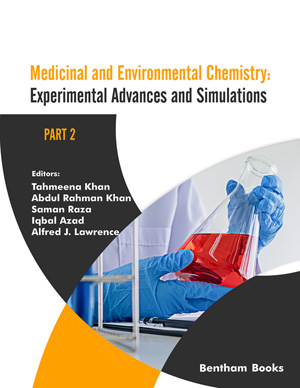Abstract
Air pollution is a major environmental health threat due to the increasing rate of morbidity and mortality associated with it. The World Health Organization (WHO) classified particle pollution (PM10 and PM2.5), tropospheric ozone (O3), carbon monoxide (CO), sulfur oxides (SOx), nitrogen oxides (NOx), and lead as six major air pollutants. Particulate matter (PM) can penetrate the respiratory system, causing respiratory and cardiovascular diseases. Stratospheric ozone plays a protective role against ultraviolet irradiation, but ozone is harmful when present in the troposphere, affecting the respiratory and cardiovascular systems. Nitrogen oxide, sulfur dioxide, carbon monoxide, and lead are harmful to humans causing respiratory problems, such as Chronic Obstructive Pulmonary Disease, asthma, bronchiolitis, lung cancer, and cardiovascular events. The only possible way to cope with this problem is through public awareness coupled with a multidisciplinary approach by scientific experts. The Government of India made the Pollution Prevention and Control Act, 1981, for the prevention of air pollution. Prime Minister Narendra Modi launched the Ujjwala scheme on 1st May 2016, from the Balia district in Uttar Pradesh. The scheme is aimed at replacing unclean cooking fuels. The Ministry of Environment, Forest, and Climate change has started the National Environment Health Profile (NHEP) study, involving 20 cities, to assess health effects associated with environmental exposure. The National Clean Air Programme (NCAP) has also been launched for pan-India implementation to tackle the increasing air pollution problem in the country (102 cities); the tentative national level target is 20%–30% reduction of particulate concentration by 2024.
Keywords: Air pollution, Asthma, Cardiovascular disease, Environment, Health, Particulate matter, Pollutants.
















